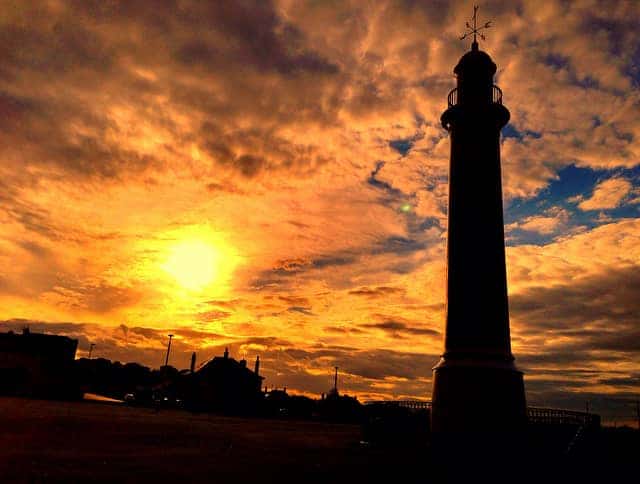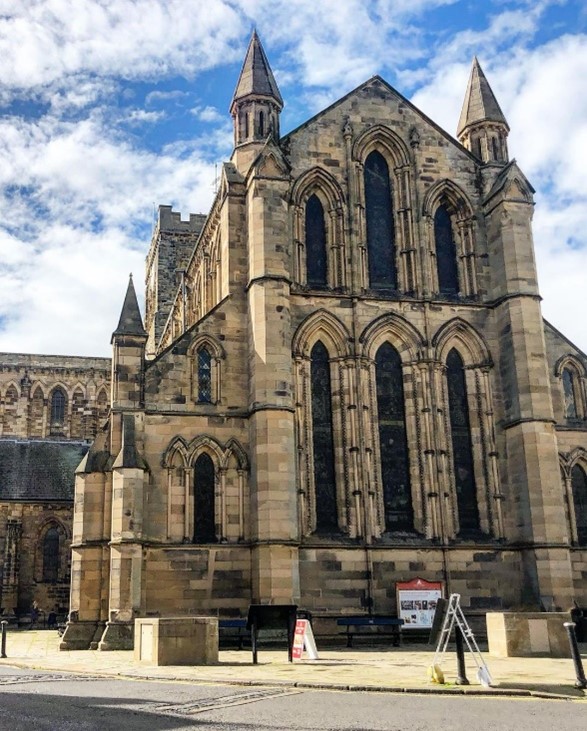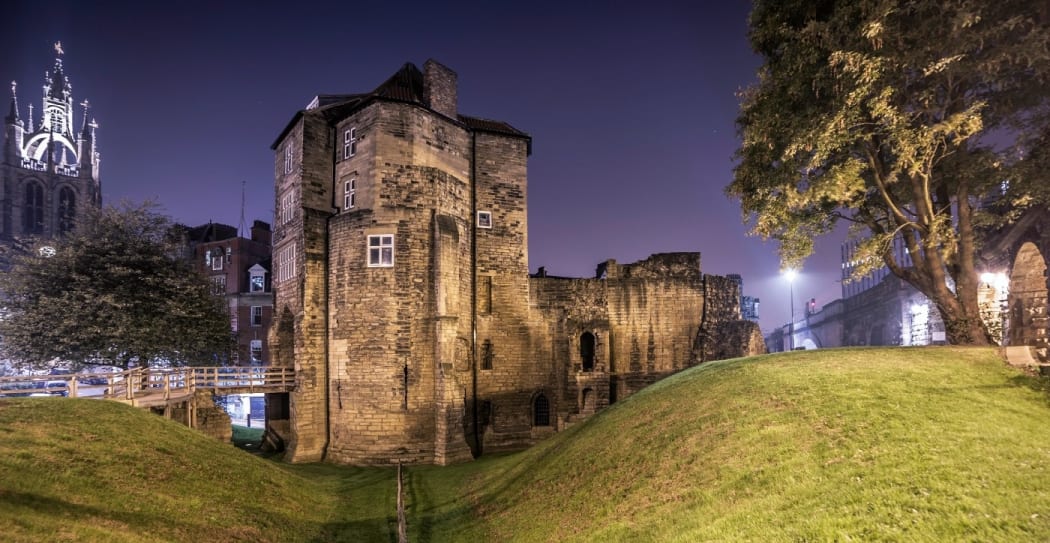When you think of the North East, the Cold War of the 20th century might not be the first thing that comes to mind.
However, the region is home to a number of observation bunkers dating from this period – 15 of which SR News have visited and plotted on the map below.
These posts were mostly built during the tensions of the late 1950s, being one of the ways the British government sought to prepare for the possibility of nuclear war. They allowed volunteers overseen by the Royal Observer Corps (ROC) to watch for Russian nuclear activity and provide an early warning in case of an attack.
Many of the posts up and down the country have been demolished, due to either the reorganisation of the ROC in 1968, following the fall of the communist bloc in 1991 or because the structures themselves became hazardous.
Martin Dixon, chair of Subterranea Britannica, a UK-wide historical society interested in the preservation of man-made underground structures, said: “During this period the ROC operated from three person underground posts, over 1,500 of which were built across the country.” and called the remaining posts: “a tribute to those who would have descended into them, leaving their families behind, to provide early warning for the rest of the population.”.
Jack Hanlon, an associate of the ROC Association’s Heritage Team, who has worked on the restoration of a number of posts around North Yorkshire and Hartlepool, stated of the remaining posts “ a small number have been restored to their original condition and are open as museums.”. Mr Hanlon went on to emphasise the importance of ensuring the posts aren’t lost stating: “For the sake of all those that served, it is vitally important that their story lives on.”.
The ROC were a volunteer group overseen by the RAF who originated in the First World War, later playing a role in the Second World War, where they performed the role of providing vital intelligence on the movement and strength of enemy aircraft. Their role in the Cold War was changed to aiding in the prevention of nuclear attacks, with the corps standing down in 1995, shortly after the conflict ended.
For more information about ROC Posts or to see a full map of their positions all over the UK, you can visit either:
The ROC Heritage Association website at: http://www.roc-heritage.co.uk/
Or the Subterrenea Brittanica website at: http://www.subbrit.org.uk/



